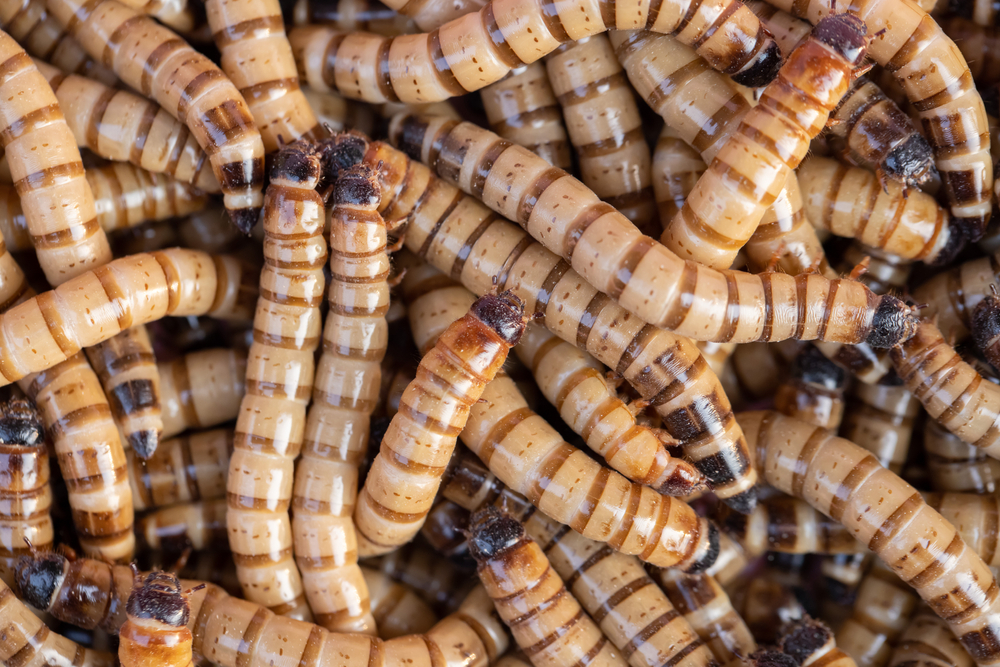In a pioneering study, scientists from Nanyang Technological University, Singapore (NTU Singapore), investigated the potential of the Zophobas atratus worm, also known as the superworm, to combat the global plastic pollution epidemic. Aside from serving as nutritious bug appetizers, these darkling beetle larvae have a fascinating talent concealed within their gut flora.
Developing the ‘super gut’
The project focuses on duplicating the superworm’s unique intestinal environment on a large scale, intending to address the difficulty of efficiently processing common plastics. Associate Professor Cao Bin from NTU emphasizes the significance of their approach: “Our method eliminates this need by removing the worm from the equation. We focus on boosting the useful microbes in the worm gut and building an artificial ‘worm gut’ that can efficiently break down plastics.”
Superworm diets: plastic plastic plastic
To create the artificial “super gut,” researchers fed three sets of superworms different meals of common plastics—high-density polyethylene (HDPE), polypropylene (PP), and polystyrene (PS)—for 30 days. A control group had a more conventional meal of oats. The microbiomes of the plastic-consuming worms were then isolated and cultured with synthetic nutrition and the three polymers.
Artificial guts: the plastic degradation station
The results were impressive: as compared to the control group, the lab-grown guts had a larger abundance of plastic-degrading bacteria, each of which performed better with the specific substance they were fed. Dr. Liu Yinan, the study’s first author, emphasizes its relevance, saying, “Our study represents the first reported successful attempt to develop plastic-associated bacterial communities from gut microbiomes of plastic-fed worms.”
The future of ‘super gut’
While acknowledging that the study is a proof of concept, the researchers are optimistic about scaling up the artificial ‘super gut.’ They see the possibility of modifying this novel technique to treat certain materials, providing a more diverse approach to plastic waste management on a broader scale. The emphasis has now switched to studying the molecular biology underlying the superworm’s robust gut activities, with the ultimate goal of designing bacterial populations for commercial plastic breakdown.
Sustainable and replicable solutions
The team’s success is based on the method’s stability and replicability, which pave the path for long-term solutions to the fight against plastic pollution. Dr. Liu Yinan notes, “Through exposing the gut microbiomes to specific conditions, we were able to boost the abundance of plastic-degrading bacteria present in our artificial ‘worm gut,’ suggesting that our method is stable and replicable at scale.”
The creation of the artificial ‘super gut’ represents a huge step forward in the quest for effective plastic waste management. Researchers are providing promise for a cleaner, more sustainable future by leveraging superworms’ inherent plastic-degrading skills and converting them into a scalable solution.
Source study: Environment International—Establishment of plastic-associated microbial community from superworm gut microbiome











